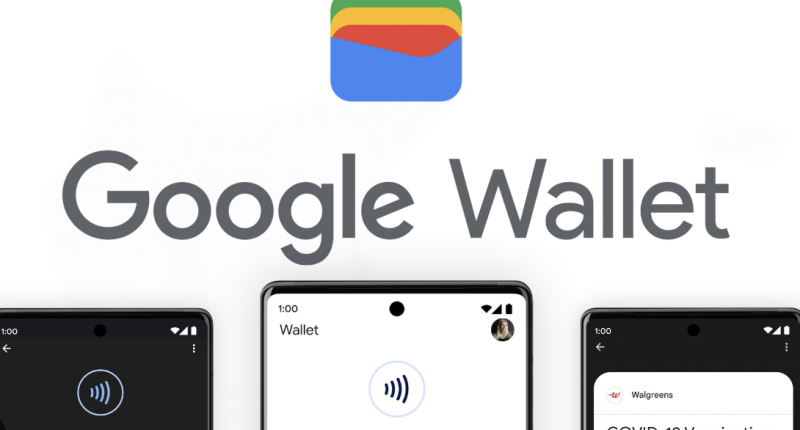The Ultimate Guide to Google Pay: How Does Google Pay Work?
In this digital age, where convenience and security are paramount, finding the right payment method is crucial.
With the rise of mobile wallets, Google Pay has emerged as a popular choice for users looking for a seamless and secure way to make payments.
Whether you want to pay in stores, online, or send money to friends and family, Google Pay offers a range of features to meet your needs.
In this comprehensive guide, we will delve into the details of Google Pay, explore how it works, discuss its security features, and weigh the pros and cons of using this payment method.
Also read: Mastercard and Nexo Unveil Dual-Mode Crypto Card
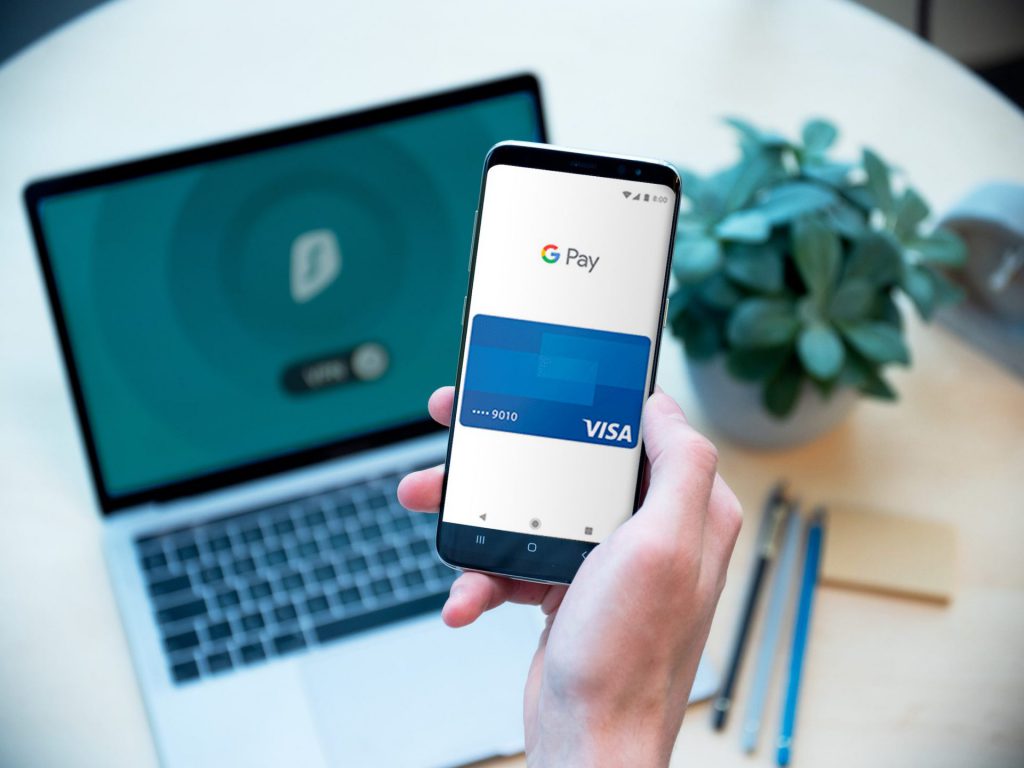

What is Google Pay?
Google Pay is a mobile wallet that allows users to make payments, both in-store and online, using their smartphones.
It is similar to other popular mobile payment apps like Apple Pay and Samsung Pay. Introduced in 2018, Google Pay is the result of the merger of Google Wallet and Android Pay.
It offers a wide range of functionalities, including in-app purchases, peer-to-peer payments, and contactless payments at compatible stores.
With Google Pay, you can conveniently store your credit and debit card information and make secure transactions with just a few taps on your phone.
How does Google Pay work?
Using Google Pay is simple and straightforward. To get started, you need to have an Android phone and a Google account. Once you have downloaded the Google Pay app from the Google Play Store, you can add your payment cards to the app.
Google Pay supports a variety of cards, including credit cards, debit cards, and even loyalty cards.
How Does Google Pay Work? Let’s take a deeper look
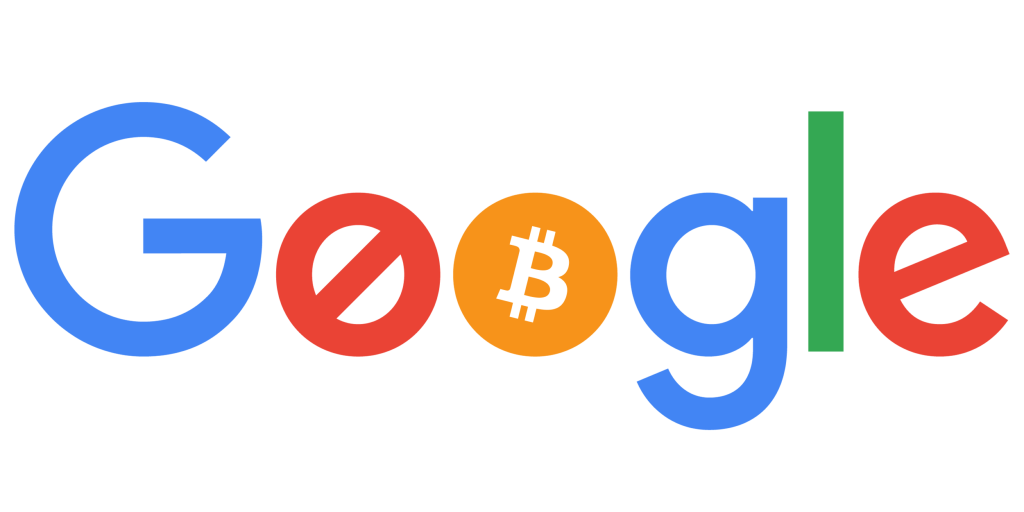

Adding a card
To add a card to Google Pay, follow these steps:
- Open the Google Pay app on your Android device.
- Tap on the “+” icon to add a new card.
- Choose whether you want to add a credit or debit card.
- Use your phone’s camera to scan your card or enter the card details manually.
- Provide any additional information required, such as your billing address.
- Agree to the terms and conditions, and your card will be added to Google Pay.
Card verification
Once you have added your card, you may need to verify it to ensure its security.
Google Pay uses various verification methods, including SMS verification, email verification, or a one-time code sent by your bank. Follow the prompts in the app to complete the verification process.
Paying in-store
One of the key features of Google Pay is its ability to make contactless payments at supported stores. To pay in-store using Google Pay, follow these steps:
- Look for the contactless payment symbol at the checkout terminal.
- Open the Google Pay app on your Android device.
- Unlock your phone and hold it near the payment terminal.
- Follow the prompts on the screen to complete the payment.
Google Pay uses Near Field Communication (NFC) technology to securely transmit payment information between your phone and the payment terminal. It is a fast and convenient way to make purchases without the need to carry physical cards or cash.
Paying online
In addition to in-store payments, Google Pay can also be used for online purchases. When shopping on websites or using supported apps, you can choose Google Pay as your payment method.
Simply select the Google Pay icon at checkout and choose the desired card from your saved payment methods. This eliminates the need to enter your card details manually, making the online shopping experience more convenient and secure.
Also read: Mastercard and Nexo Unveil Dual-Mode Crypto Card
Is Google Pay safe?
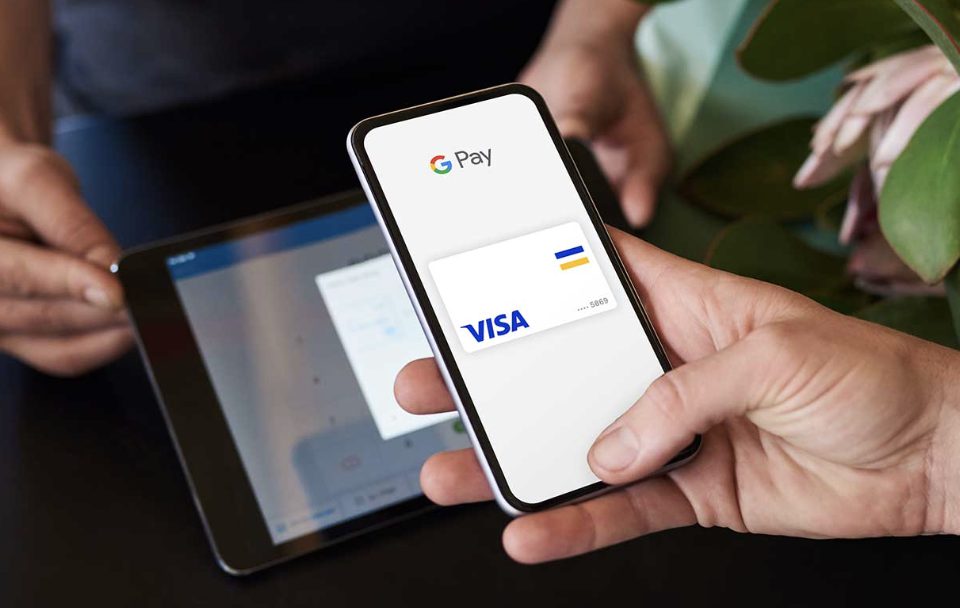

Security is a top priority when it comes to digital payment methods, and Google Pay takes several measures to ensure the safety of your transactions. Here are some of the security features offered by Google Pay:
Virtual account number
When you make a payment using Google Pay, your actual card number is not shared with the merchant. Instead, a virtual account number is used as a substitute, protecting your sensitive card information from potential data breaches or unauthorized access.
Encrypted data
Google Pay encrypts your payment data, including your card details, to prevent phishing attacks and malware from intercepting your information. This adds an extra layer of security to your transactions and safeguards your financial data.
Fraud alert
Google Pay employs artificial intelligence to detect and alert you of any suspicious activity or potential fraud. If any unauthorized transactions are detected, you will be notified promptly, allowing you to take action immediately and protect your funds.
Extra login security
To ensure that only authorized users can access your Google Pay account, additional login security measures are in place. Depending on your device and settings, you may be required to provide a PIN, pattern, or biometric authentication, such as fingerprint or face recognition.
Private transactions
When you send or receive money using Google Pay, the transaction details are kept private between you and the recipient. This adds an extra layer of confidentiality to your financial interactions, giving you peace of mind knowing that your payment activity is not publicly visible.
Protect lost phones
In the unfortunate event that you lose your phone, Google Pay provides a feature called “Google Find My Device” that allows you to remotely lock your phone, log out of your Google account, and even erase your data. This ensures that your payment information remains secure even if your device falls into the wrong hands.
Pros and cons of using Google Pay
Now that we have explored the features and security measures of Google Pay, let’s weigh the pros and cons of using this payment method:
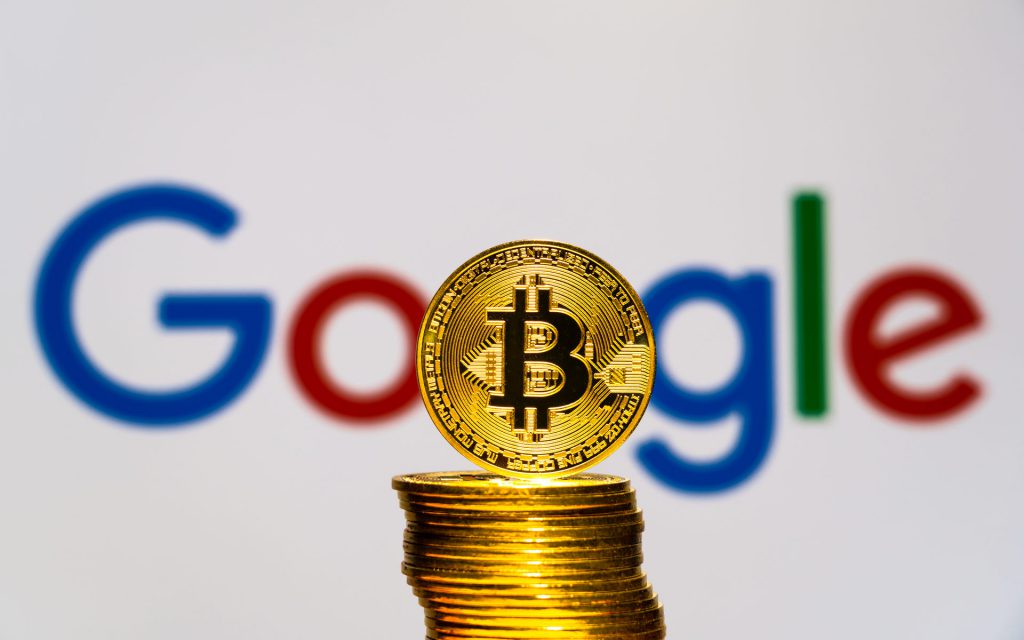

Pros of Google Pay
- Convenience: Google Pay allows you to make payments with just a few taps on your phone, eliminating the need to carry physical cards or cash.
- Wide acceptance: Google Pay is accepted at a growing number of stores, both online and in physical locations, making it a versatile payment method.
- Enhanced security: With features like virtual account numbers and encrypted data, Google Pay offers a high level of security for your transactions.
- Integration with other Google services: If you already use other Google services, such as Gmail or Google Photos, Google Pay seamlessly integrates with them, offering a unified experience.
- Rewards and offers: Google Pay provides cash-back rewards and offers from select businesses, allowing you to save money and earn rewards on your purchases.
Cons of Google Pay
- Limited availability on iOS: While Google Pay is available on iOS devices, certain features, such as contactless in-store payments, are limited to Android devices.
- Dependence on card support: Not all credit and debit cards are compatible with Google Pay. The availability of this payment method depends on the support from your bank or card issuer.
- Limited acceptance at stores: While contactless payments are becoming more popular, not all stores have the necessary infrastructure to accept Google Pay. You may need to use an alternative payment method in such cases.
- Device compatibility: Google Pay requires an Android device with NFC technology. Older smartphone models may not have this feature, limiting their compatibility with Google Pay.
Other payment options
While Google Pay offers a range of features and benefits, it is not the only payment method available.
Additionally, depending on your device and preferences, you may consider alternative options. Here are a few popular alternatives:
Apple Pay
If you have an iPhone, Apple Pay is a comparable mobile payment option. It allows you to make contactless payments using your Apple device and offers similar security features. Apple Pay is widely accepted at stores and supports various credit and debit cards.
Venmo
For peer-to-peer payments, Venmo is a popular choice. It allows you to send and receive money from friends and family. Venmo is easy to use and offers social features, such as the ability to like and comment on transactions.
Zelle
Zelle is another peer-to-peer payment service that allows you to send money directly from your bank account. It offers fast and secure transactions and is supported by many major banks and financial institutions.
Samsung Pay
If you have a Samsung device, Samsung Pay is a viable alternative to Google Pay. It supports both contactless payments and traditional magnetic stripe payments, making it compatible with a wide range of payment terminals.
Conclusion: How Does Google Pay Work?
In conclusion, Google Pay is a convenient and secure payment method that offers a range of features for users looking to make seamless transactions.
Furthermore, whether you want to pay in stores, make online purchases, or send money to friends, Google Pay provides a user-friendly experience with robust security measures.
While it may have some limitations in terms of device compatibility and card support, it remains a popular choice for Android users. Consider your personal preferences and needs when choosing a payment method, and explore the options available to find the one that best suits your lifestyle.
With the right payment method, you can enjoy a hassle-free and secure transaction experience.





